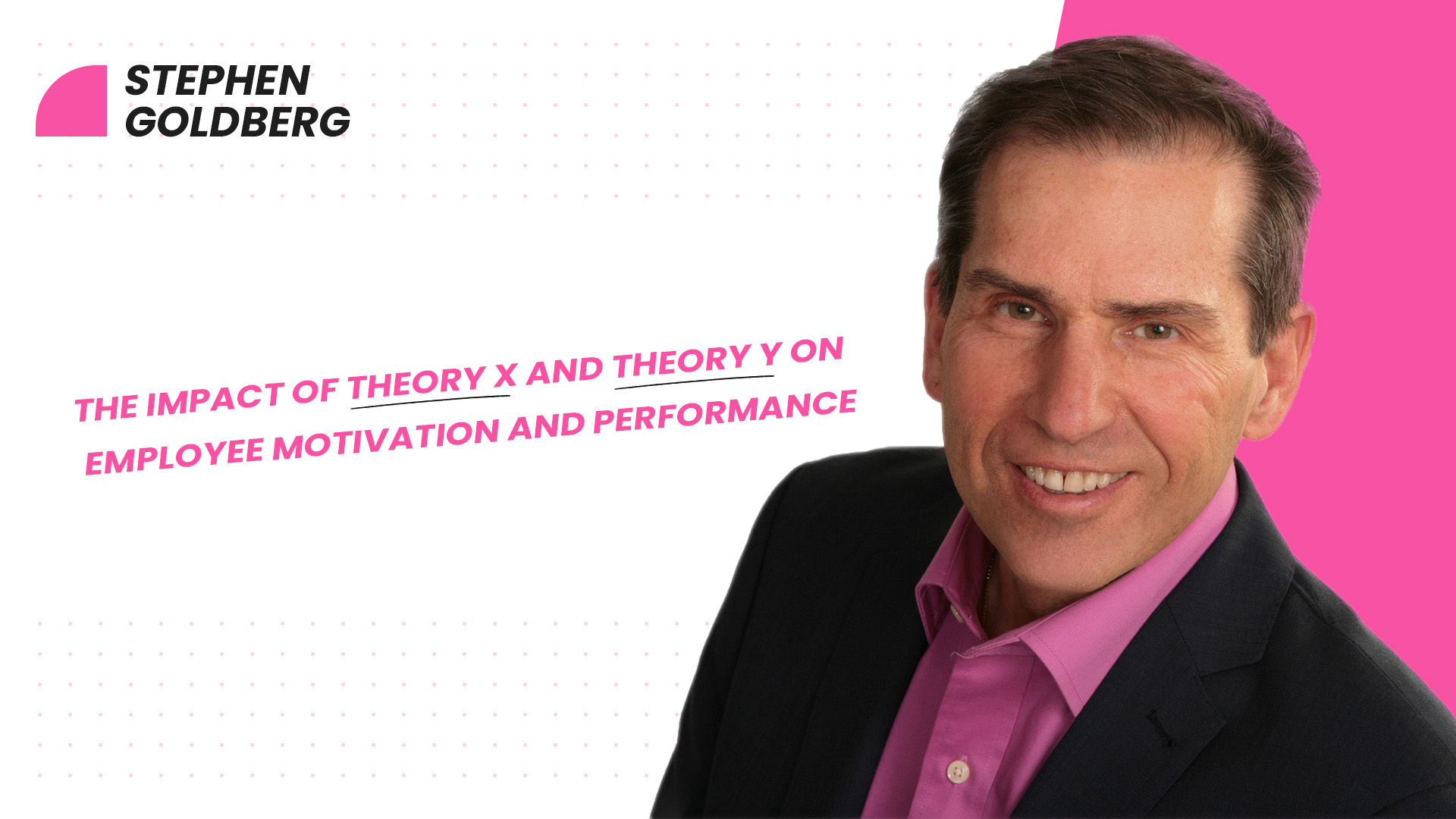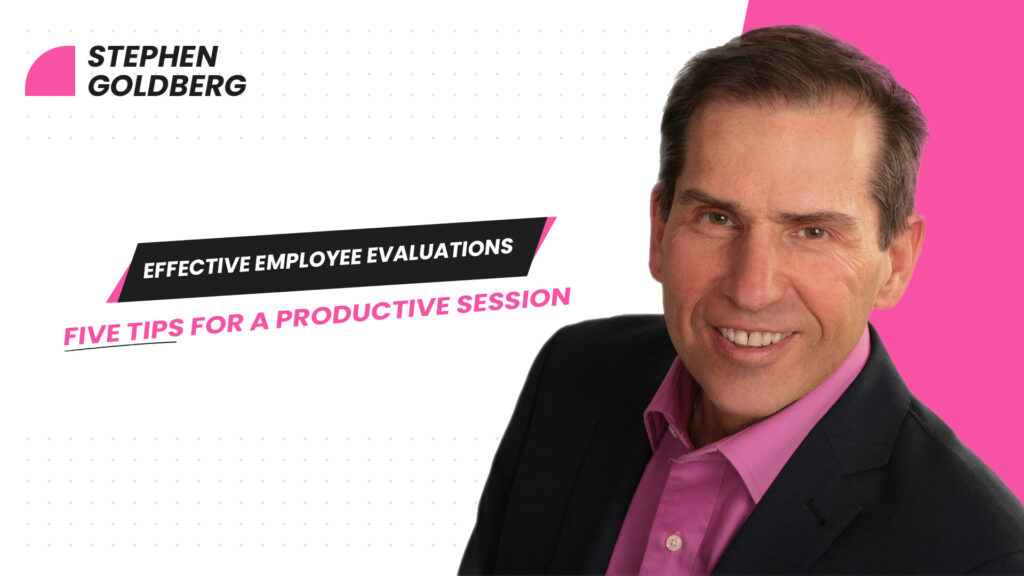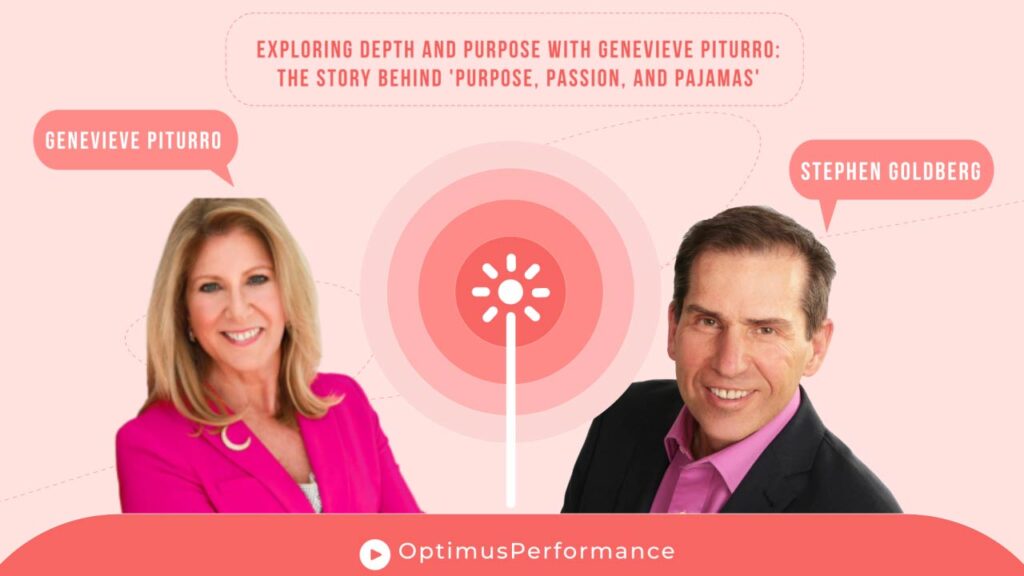Are you looking to reflect on the past year and plan for the year to come? If so, you’re in the right place! In this article, we’ll walk you through a step-by-step process to help you review the previous year and plan for the current one.
To assist you in the process I have made available an updated version of my Year in Review and Plan for the Year workbook. I have coupled that with my single goal planning worksheet to write down and plan how to accomplish each goal.
Step 1: Review the Previous Year
The first step is to review the previous year. This involves listing your high and low points, your 5 accomplishments and regrets, and summarizing all this in your greatest learning from last year. This will help you gain a better understanding of what worked and what didn’t, and what you can do differently in the future.
Step 2: Plan for the Current Year
The next step is to plan for the current year. This involves listing 5 goals you want to accomplish and writing down your action steps for each goal. I suggest choosing one goal to focus on, rather than diffusing your attention. Choose the most important goal and then use my goal planning worksheet to map it out. This worksheet will help you write the goal as a SMART goal and go through listing the benefits of achieving the goal, the obstacles, and solutions, and then the action steps. Remember, you need to have the ability to achieve the goal and be willing to do what it takes.
Step 3: Use Visual Images and Written Affirmations
Finally, it’s important to use visual images and written affirmations to support your mindset to achieve your goal. This will help you stay motivated and focused on your goal.
You can download these documents here. Happy planning and good luck with your goals.



